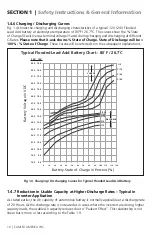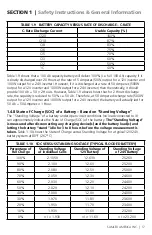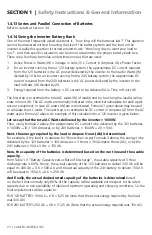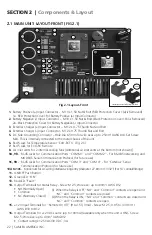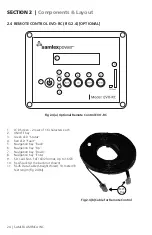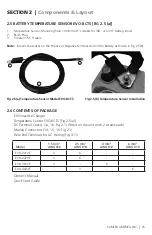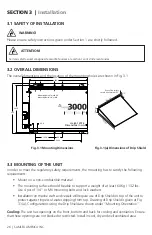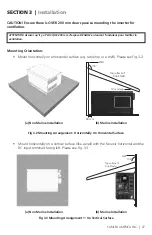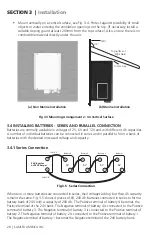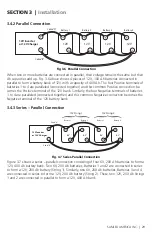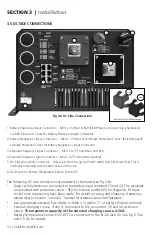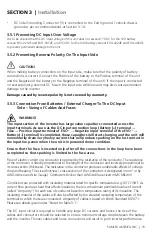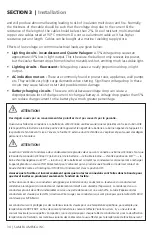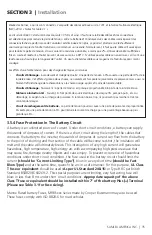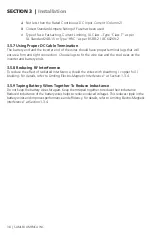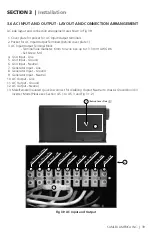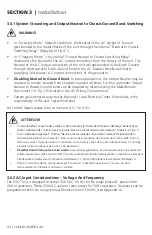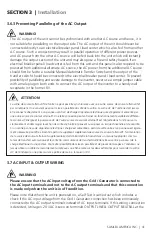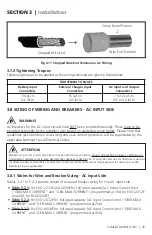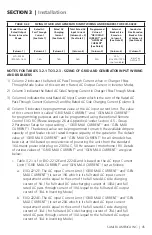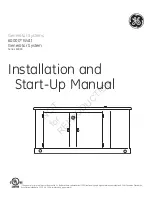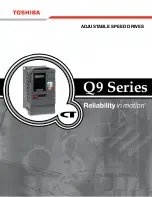
30 | SAMLEX AMErICA INC.
3.4.4 wiring order in Parallel Connection of batteries
CAution!
When 2 or more batteries / battery strings are connected in parallel and are then connected
to inverter/charger (See figs 3.6 and 3.7), attention should be paid to the manner in which
the inverter/charger is connected to the battery bank. Please ensure that if the Positive output
cable of the inverter/charger (Cable “A”) is connected to the Positive battery post of the first
battery (battery 1 in fig 3.6) or to the Positive battery post of the first battery string (battery
1 of String 1 in fig. 3.7), then the Negative output cable of the inverter/charger (Cable “b”)
should be connected to the Negative battery post of the last battery (battery 4 as in fig. 3.6) or
to the Negative Post of the last battery string (battery 4 of battery String 2 as in fig. 3.7).
This connection ensures the following:
- The resistances of the interconnecting cables will be balanced.
- All the individual batteries / battery strings will see the same series resistance.
- All the individual batteries will charge/discharge at the same charging/discharging
current and thus, will be charged/discharged to the same state at the same time.
- None of the batteries will see an overcharge/overdischarge condition.
If the Positive output cable of the inverter/charger (Cable “A”) is connected to the Positive
battery post of the first battery (battery 1 in fig. 3.6) or to the Positive battery post of the first
battery string (battery 1 of String 1 in fig. 3.7), and the Negative output cable of the inverter/
charger (Cable “b”) is connected to the Negative battery post of the first battery (battery 1 as
in fig. 3.6) or to the Negative Post of the first battery string (battery 1 of battery String 1 as in
fig 3.7), the following abnormal conditions will result:
- The resistances of the connecting cables will not be balanced.
- The individual batteries will see different series resistances.
- All the individual batteries will be charged/discharged at different charging/discharging
current and thus, will reach fully charged/discharged state at different times.
- The battery with lower series resistance will take shorter time to charge/discharge as
compared to the battery which sees higher series resistance and hence, will experience
over charging/over discharging and its life will be reduced.
SECTIOn 3 |
Installation

